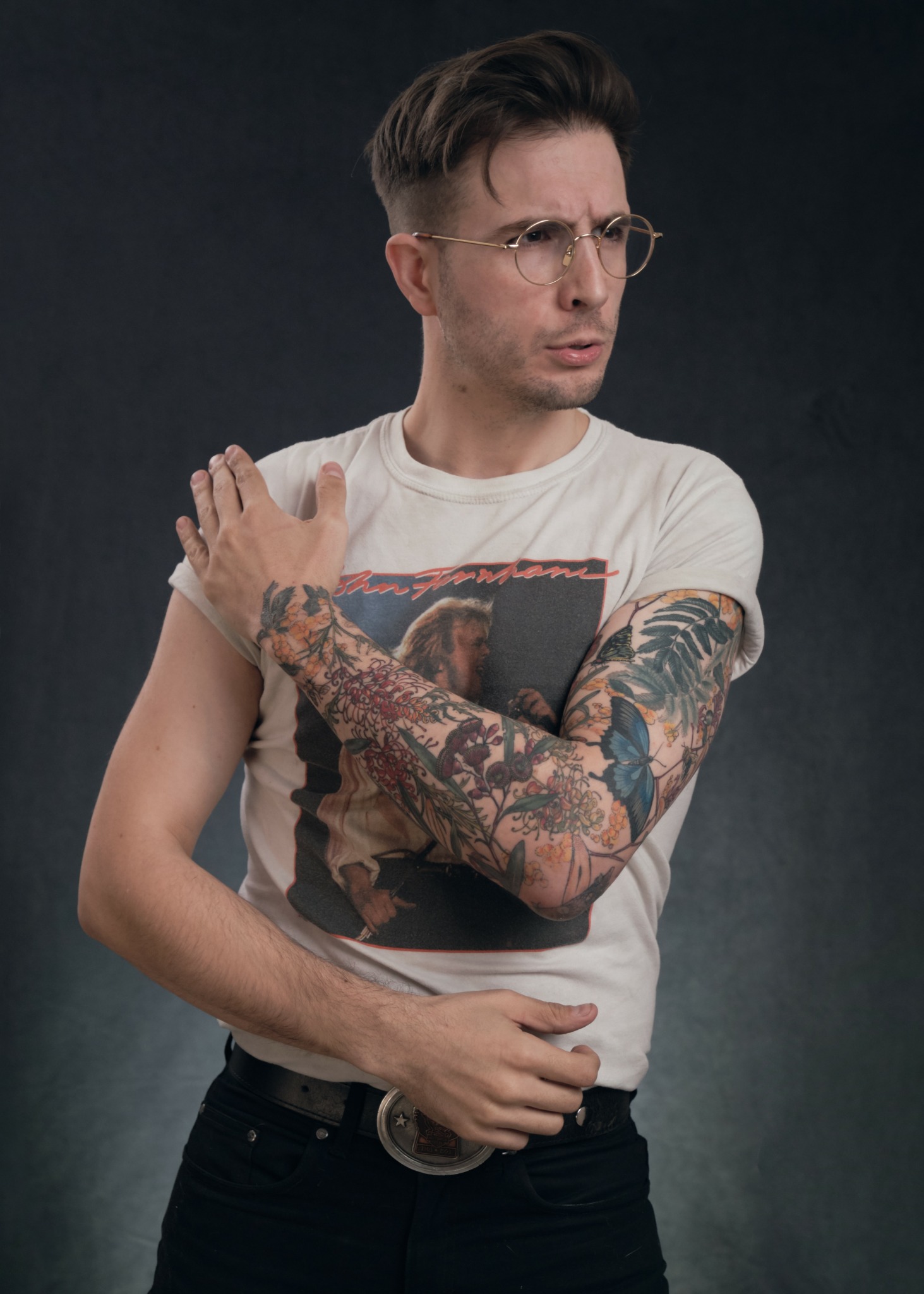We recently connected with Andrew Strano and have shared our conversation below.
Alright, Andrew thanks for taking the time to share your stories and insights with us today. Are you able to earn a full-time living from your creative work? If so, can you walk us through your journey and how you made it happen?
The most important things about making a living in the performing arts are that it’s a collaborative art form — community is at its heart — and that it’s multifaceted! I’m lucky enough to work as an actor, a director, a playwright, and a teacher with regularity ever since I was invited to performed in “G.A.S.P.! a Gilbert and Sullivan Parody” at the Riverina Playhouse in Wagga Wagga, Australia, the town where I grew up.
Wagga always had a bizarrely active arts scene, but it doesn’t just happen. The arts need a strong community — people like Peter Cox, Mark Grentell, and Heather and Dave Wall, who cast me in a pro–amateur production of Les Mis when I was about 15 — Scott Howie and Ajita Cannings and their work with Riverina Young People’s Theatre — Nic Clarke and his tenure at the Riverina Theatre Company… The opportunities these people created really lit the fire for me.
Lots of my friends got into acting because they saw a production and they thought “gosh, I want to do that”. I got into it because it because being in theatre made me a part of a community… I got to do fun things, and I got to do them with inspiring, funny, caring people.
At first my creative work was supplemented by working in a cinema, ushering at theaters — the usual stuff — but as I got more experienced, the contracts started to come more often. I began teaching as well – I taught my first classes when I was about 17! Slowly, the balance shifted, and eventually I was paying my bills entirely through creative work.
Part of that has been collaborating with others to create our own original work. I’d done this in the past, but it was after graduating from the Victorian College of the Arts (I studied musical theatre performance) that it started to be the focus. Most of the acting work in Australia at the time was in big commercial tours – fun, but not as creatively fulfilling as I wanted. In these imported shows, actors in Australia are asked to replicate the work of the people who’d first staged the show, whether that’s on Broadway, on the West End, or wherever, whereas in new works, actors got to create the blueprint from scratch. In lamenting this, my friend John and I created The Bad Boys of Music Theatre… a cabaret comedy double act that took aim at masculinity.
The Bad Boys started as a year of weekly segments on Melbourne’s Channel 31, and after that (and some wins at the Short + Sweet festival), we were booked by Rachel Fothergill at Chapel-off-Chapel to do a season at the Melbourne International Comedy Festival. We ended up working together for about 4 years, including three full length shows, which we toured to Perth, Adelaide… all over.
These shows acted as a real starting point for a lot of the enduring collaborations in my career. Our first, “A Fine Bromance” was co-directed by John and I, but the multimedia was all made with Ben McCullough who we’d met at C31. He was the DOP on what must’ve been something like 50 shorts for us. Casey Gould, who I’d met auditioning for a Disney cruise, directed “Not Quite Right in the Head” and “All Washed Up”, and Loclan Mackenzie-Spencer who’d played for my VCA showcase, came on as Musical Director — both of whom I’d later do “Nailed It!” with…
Making these shows was an enormous learning curve, and built so many connections. I was discovering that in making theatre, and making a living from theatre, I was also getting to be a part of a community. And we weren’t slouching! All that time, we pushed ourselves creatively and technically doing crazy stuff… filming full video clips, filming just one part of a trio, and singing the other two parts live — we were finding ways to make creative visions work by approaching the technical and logistical aspects with the same creativity that we used to approach the writing, acting and directing.
This creativity was met by the community around us, and it led to me working beyond just acting. I’d always done bits and pieces of acting, writing and directing, but to make a living I found my career was really a multidisciplinary one. Not just an actor, I was an actor, a director, a writer, a teacher, a producer, and so on, always striving to do each at their best. I’ve done press releases, venue bookings, the emailing. I’ve taught acting, singing, improv, and playwriting all over the place — Stage School Australia, NIDA Melbourne, the Improv Conspiracy, LMA, and now at places like Artsconnection in New York. Being a multidisciplinary theatre artist helped me make a living, but it’s also turned out to be a real asset creatively. Each discipline has strengthened the others, and made me better in each position… Because I’m a director, I’m a better writer and actor. Because I’m a writer, I’m a better actor and director. Because I’m an actor, I’m a better writer and director, and being a teacher? That impacts EVERYTHING. All the disciplines feed each other.
After the Bad Boys work, I started to push my skills in directing and writing, and a huge part of that was improv. I taught, directed and performed for years at the Improv Conspiracy Theatre in Melbourne — the best spot for Chicago style long-form improv in Australia, and through all that, I was developing “Nailed It!”. We went to Edinburgh, London, Adelaide, Perth… we even did a night in Wagga Wagga. We got five-star reviews, we sold out, we got invites to festivals and venues, even won a Greenroom award.
Making “Nailed it!” showed me that creating new musicals was genuinely what I loved doing. It was something about the inherently multidisciplinary nature of it, as well as the collaborative nature of the work.
Improv, like musical Theatre, is such a collaborative art form, and through those collaborations you can learn and grow. The Improv Conspiracy gave me such scope to do that. Through them I got to meet and work with a whole new bunch of brilliant people, and to flex creatively. Alongside my performing and directing on Harold Night, in The Remix, for ‘A Night In Chicago’, and the TIC TourCo (TourCo got a nomination for best comedy at Perth Fringeworld in 2015!), I was teaching for them, coaching Harold teams – shout out Airblade! – and creating new improvised work to put up at the theatre. It was wonderful to be so actively a part of this improv renaissance, pushing the art form, and seeing it get more critical acknowledgement.
Through this, Ryan Patterson, and Adam Hembree invited me to be the founding Artistic Director of “Soothplayers”. Our flagship show, “Completely Improvised Shakespeare” is in its 10th year now! TEN YEARS! For an improvised show! And our show “Completely Improvised Potter” sold out festival after festival all over the country… And that comes from community. Because of Adam and Ryan sitting with me on a sunny afternoon at the Dan O’Connell hotel in 2015, I got to take the helm on these wild, exciting projects. I was completely thrilled to do it — never before had I worked with as dedicated a bunch of bold, brave, whip-smart, inventive, ridiculous, passionate and INSPIRING actors. Honestly, I hope they do at least 10 more years. A hundred.
Oh god, and Quiet Achievers! It was a completely silent improv show set to music that I created with Marcus Willis, Charlie Sturgeon, and later with Dana McMillan as well! It’s maybe some of the best performance work I’ve ever done, and it was unlike anything ever done in Australia before. In endeavoring to make sure it was accessible to the Deaf and hard of hearing community, it also taught me a lot about accessibility in theatre, which is something I care about a lot. It’s something that still informs my teaching, especially through ArtsConnection, and their work with GIVE. This show — thanks to our wonderful producer Victoria Beal — did so many wonderful gigs. We headlined the kids program for Melbourne Fringe, played at Federation Square, and even did a TedX event… In making theatre that was narrowly focused, but for a wider community, we’d made something that was commercially appealing too.
The first full time job I had in theatre that I wasn’t either something I’d made for myself, or the more traditional contract work came through community too. Lucy O’Brien and I had met years prior working on a cabaret, and then on an improvised musical called Impromptunes, which was the brainchild of Emmet Nichols and myself. Together Lucy and I were commissioned through the Jeanne Pratt Artist in Residence Program at Monash University. It paid a full time salary for both of us to create “Jack of Two Trades”, a brand new musical, and to teach Musical Theatre Performance and Musical Theatre Writing at Monash University. That was a huge difference – not just creatively, but financially. This kind of support (made possible by a $1mil donation to Monash from the Pratt Foundation) is all too rare, but it gave me the time and space to consolidate all the skills I’d been building up to that point. I credit that show for my acceptance into the Graduate Musical Theatre Writing Program at NYU, and the paycheck from it, plus the Fulbright, made it possible, even at the prohibitive price-tag!
One thing leads to another, and you just never know where the next gig might come from. Talking with John led to touring Australia taking the piss out of masculinity. Writing one song with Loclan “as a test” led to sold out gigs in Edinburgh. My work with Lucy on a one night only cabaret called “iOpera 2.0” of all things, led to me living in New York now!
Since moving to the U.S., I’ve been able to focus entirely on my career as a writer, while still drawing on everything I learned as a performer, director, and teacher. All of the things I learned from all of those people continue to make my work better. And I’m making new connections all the time, through organizations and communities like Theatre Now New York, Rattlestick Playwrights Theater, ArtsConnection, and soon – Harlem School of the Arts! That hustle, and that drive to grow, has meant I’ve been awarded grants like NAMT’s Frank Young Writers Residency Grant with Yuriko Shibata, who I met at NYU, or the City of Melbourne Arts Grant with Loclan, and so on. And now, for most of my adult life, I’ve been able to sustain myself completely as an artist.
I feel lucky. It’s taken a lot of resilience, and a willingness to say yes to new challenges. But we can’t do this alone. It’s. about community. I’ve learned from mentors like Peter Cox and Mark Grentell back in Wagga. Margot Fenley and Martin Croft at VCA. Mel Marvin, Rachel Sheinkin, Robert Lee and Steve Lutvak at NYU. Matt Higbee and Jason Shotts at the iO Theater in Chicago. But even more, I get to learn from the friends I made — whether it was performing in tiny venues and scrambling to make it work in comedy festival hubs, or in off-Broadway theatres. That community is what’s made it possible to make a living. And frankly, even when I wasn’t making a living, they’re the ones that made it a LIFE.
Piece by piece, I built a career, but through these communities, my career has built me, too.
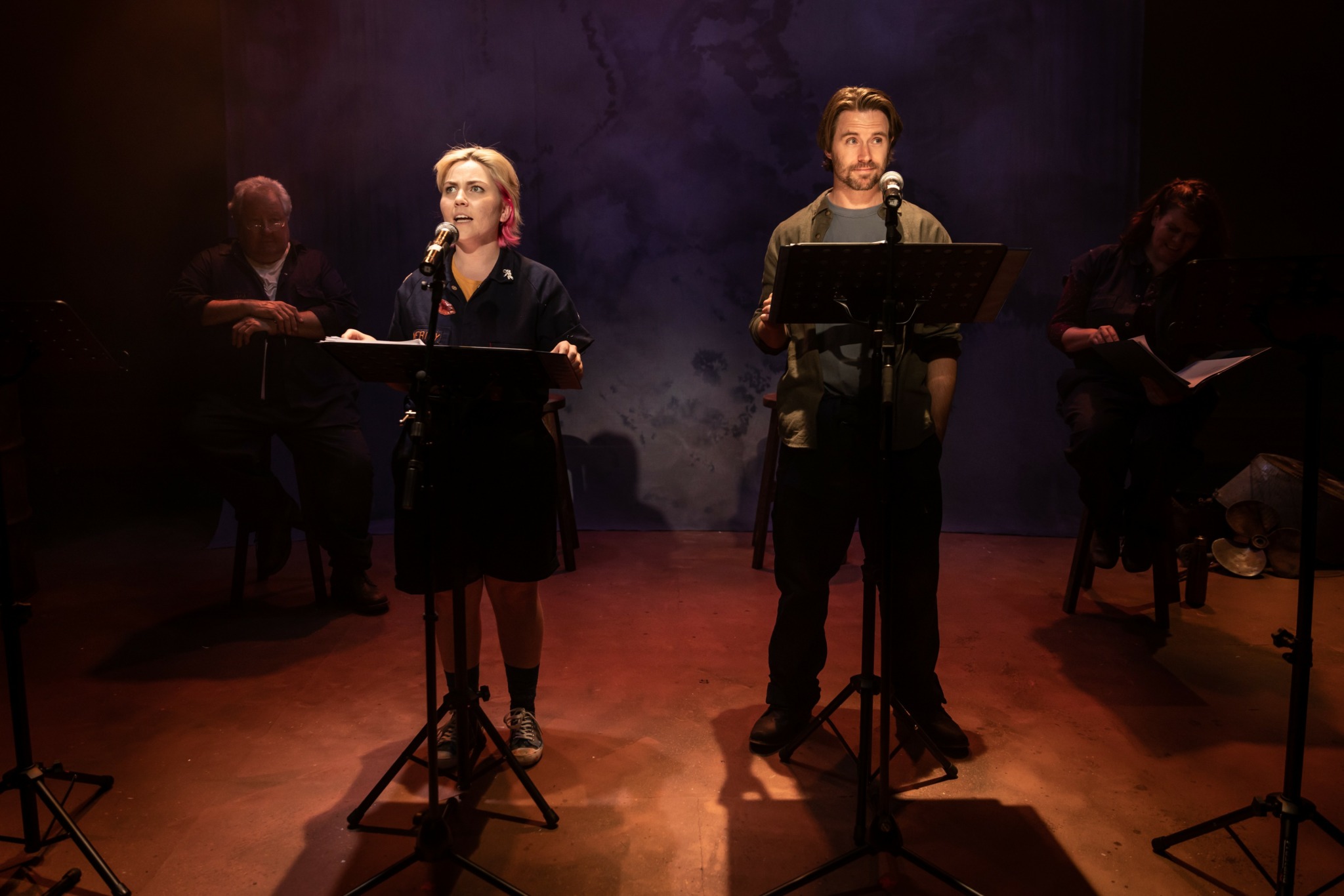
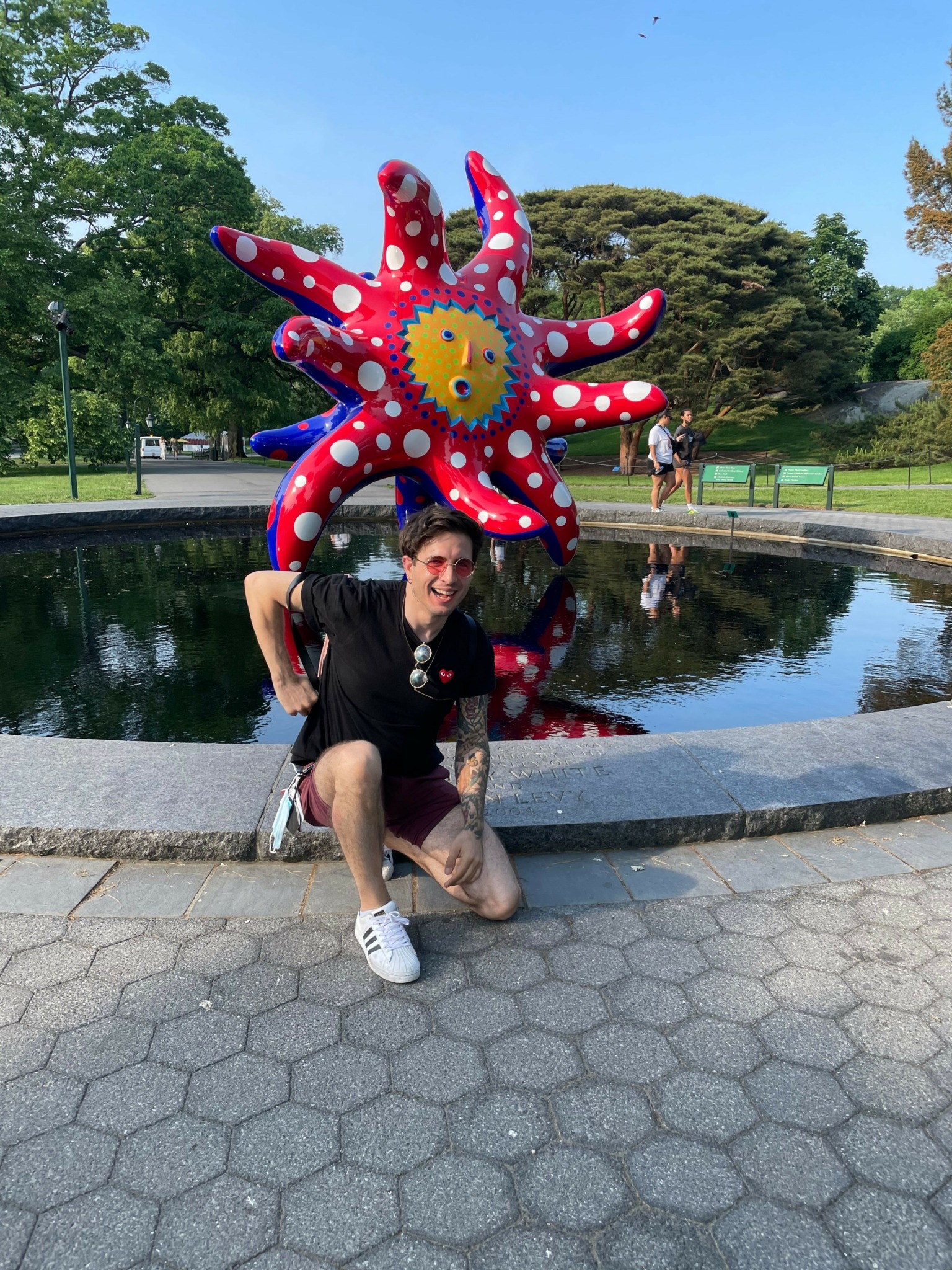
Andrew, before we move on to more of these sorts of questions, can you take some time to bring our readers up to speed on you and what you do?
I create theatre, but theatre isn’t just about the show — it’s about the people making it. So what I really try to make is communities.
As a director, you’re a leader in your space, and you have the responsibility to set the tone — the direction — for your community. No matter how creatively successful, no production is truly excellent unless the experience of making it is excellent too.
Making theatre is a job, and at the end of the day, I want the people I work with to WANT to come to work. Just like in any industry, the work doesn’t happen without the workers. The actors, the technicians, the designers, the creatives — should all feel valued and excited to be there, because their contributions are valuable and exciting!
I think in any job, we want three things, and we need at least two: good work, good people, and a good paycheck. For me, good work means both creatively fulfilling projects and a good culture to do them within, and good people means a strong community of people you respect, and that respect you in kind.
As you can imagine, when I started out I wasn’t earning much, so in my mind, it had to be fun — good work, and good people. If a project wasn’t joyful, it wasn’t worth the time. That sense of valuing people has stayed with me. Hierarchies in theatre are mostly artificial —whatever the show is, it can’t be that show without the individual contribution of each of the people working on it. If just one person was different, whether that’s the follow spot operator or the lead performer, then it’s not going to be exactly the show that it was. (As a sidebar: this is why I have so much respect for swings, who do superhuman work!) Making theatre really highlights that every contributor is essential, and once you acknowledge that, you’re only a short step away from realizing that everyone is just as important as everyone else, and therefore just as deserving of good work, good people, and a good paycheck.
As a director, you have the most impact on the work (the creative opportunity and the culture it’s in), and the better that the culture is, the better people work together.
Improvisation taught me this in the most immediate way. When you’re making a show up on the spot, the success of the piece depends entirely on how well you work together. With ‘Soothplayers: Completely Improvised Shakespeare’ or ‘Quiet Achievers’, the brilliance came not from any one person, but from trusting each other, and building with one another. Trust, and ultimately lack of ego, is integral to any creative success, because it means that failure ceases to have stopping power… it just becomes a step on the path to success.
Failure isn’t fatal, it’s necessary. You won’t get it right the first time, every time. But in improv, that demand is put into overdrive, and as a director, I push to have it be a strength of any ensemble. At Soothplayers we made it an art form. They can take what might be considered a mistake, and turn it into the highlight of the evening. To succeed in Improv, you have to decide that whatever just happened is “right,” and take it as an opportunity to PLAY. Once in a Quiet Achievers show, for whatever reason, I thought I was sitting in a toilet stall, and Charlie thought hed pulled up in a car at a drive-thru. The audience realized the miscommunication at the same time we did. Instead of collapsing the scene, we leaned into it — I handed him toilet paper, he drove away with his “order” — and it became one of the funniest, most joyful moments of the night.
That kind of joy-in-failure – something Charlie and Dana have both taught me so much about – is something Pixar talks about too: you go through hundreds of “wrongs” to get to a “right”. Steve Lutvak always used to say, “This is a wonderful first draft — I can’t wait to see the 200th.” That mindset has been invaluable to me as a writer, director, and teacher, and it’s one of my greatest strengths. As Chumbawamba said so eloquently, we get knocked down, but we get up again!
Community also relies on empathy. I’ve been a technician, an usher, an actor, a director, a teacher, a writer — even that follow spot operator. You name it, I’ve probably done it at least once. I think this is because I’m a sucker for community. I loved theatre so much that as a kid, they couldn’t keep me out the place, until someone eventually took pity on me and handed me a lighting plot or some gaff tape. And I’m grateful for it. Having worked across so many parts of the theatre gives me real understanding of what people need in their roles. Each discipline strengthens the others.
Empathy, when it’s met with care and playfulness, is what will keep you going through a difficult tech week, or another rewrite, or a sudden recasting. It makes the bad days bearable, and the good days incredible.
Lastly, nothing happens without good listening, and WITH it, you can find miracles. It’s at the heart of my practice.
People always say that the real acting is the reacting – and I agree… I just want to emphasize that I think that listening is a muscular process, one that takes continuous work, and one that serves me in any role, whether director, actor or writer in a production, or teacher in a classroom.
So often the people who have the answer to how to make a class better are the students. I was once working with middle school aged students who took me very seriously when I asked if they had any suggestions, and after working studiously on it for a day, presented me with a “list of demands”. Let me tell you, nothing ever made teaching easier. They’d handed me a roadmap for how to how to keep them locked in and engaged, and I adopted almost all of them! I’m really grateful for them, and for my part, I’m grateful that I made that classroom a space where they felt safe to hand me a list of magazine cuttings spelling out their needs, looking like a ransom note.
I think this stems from an “ego free” approach Jon and I had to develop for the “Bad Boys of Music Theatre” shows. It was a muscular thing, but we made the decision: ideas are good or bad, but that’s not a comment on the idea-haver. It’s separate from our worth as creative artists. If one of us had one idea, and the other of us had another, our collaborator Casey Gould suggested something unbelievably simple: “Try both. You both want the show to be good, and you both have good taste. You’ll see if one is better than the other.” If after that we were still locked, we learned it meant the answer was probably a secret third idea, or a combination of the two. This has held me in good stead a thousand, thousand times since.
So I try to bring these things — empathy, playfulness, listening, a lack of ego, and a willingness to experiment — into everything I do. Of course, I don’t succeed all the time, but that’s kind of the point — none of us can!
What I’ve found is that these skills build creative communities where people feel valued, where risks are encouraged, and where the work that emerges is stronger because of the people making it. That’s the direction I try to point us in, because it helps us to build good work, with good people.
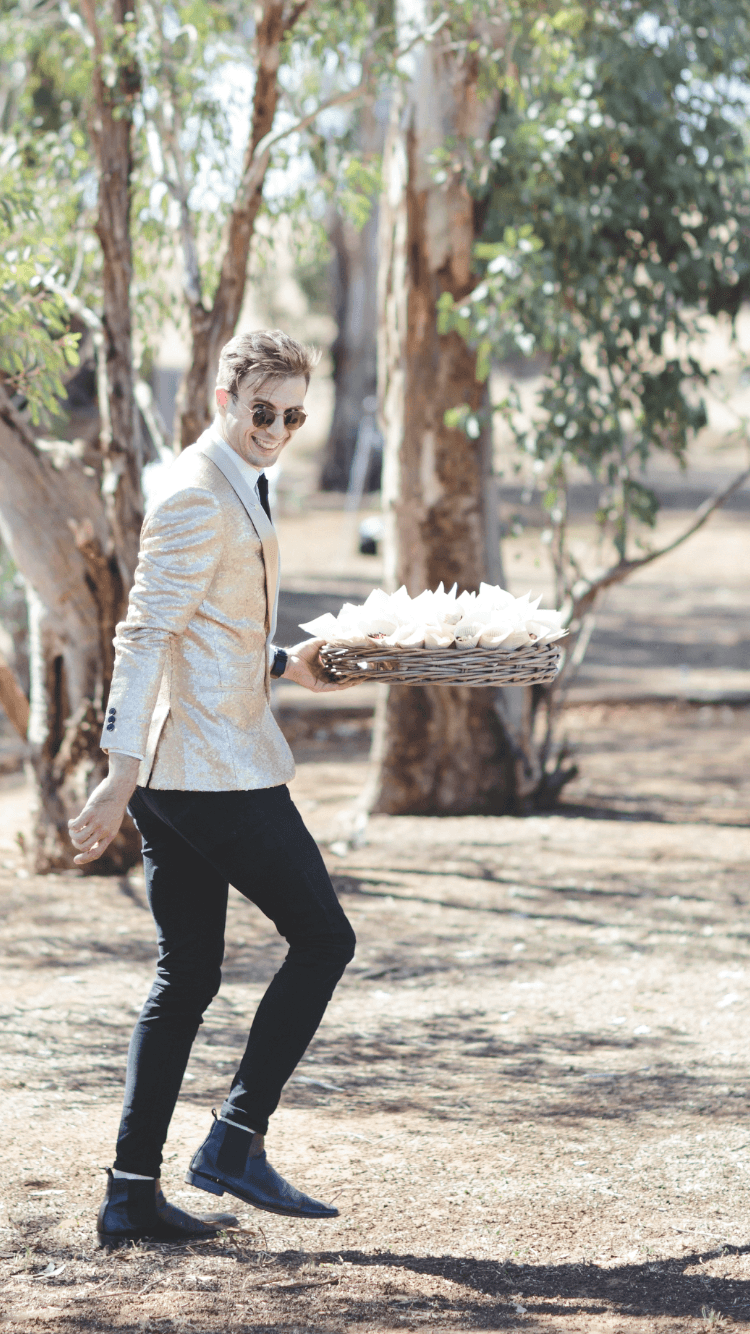
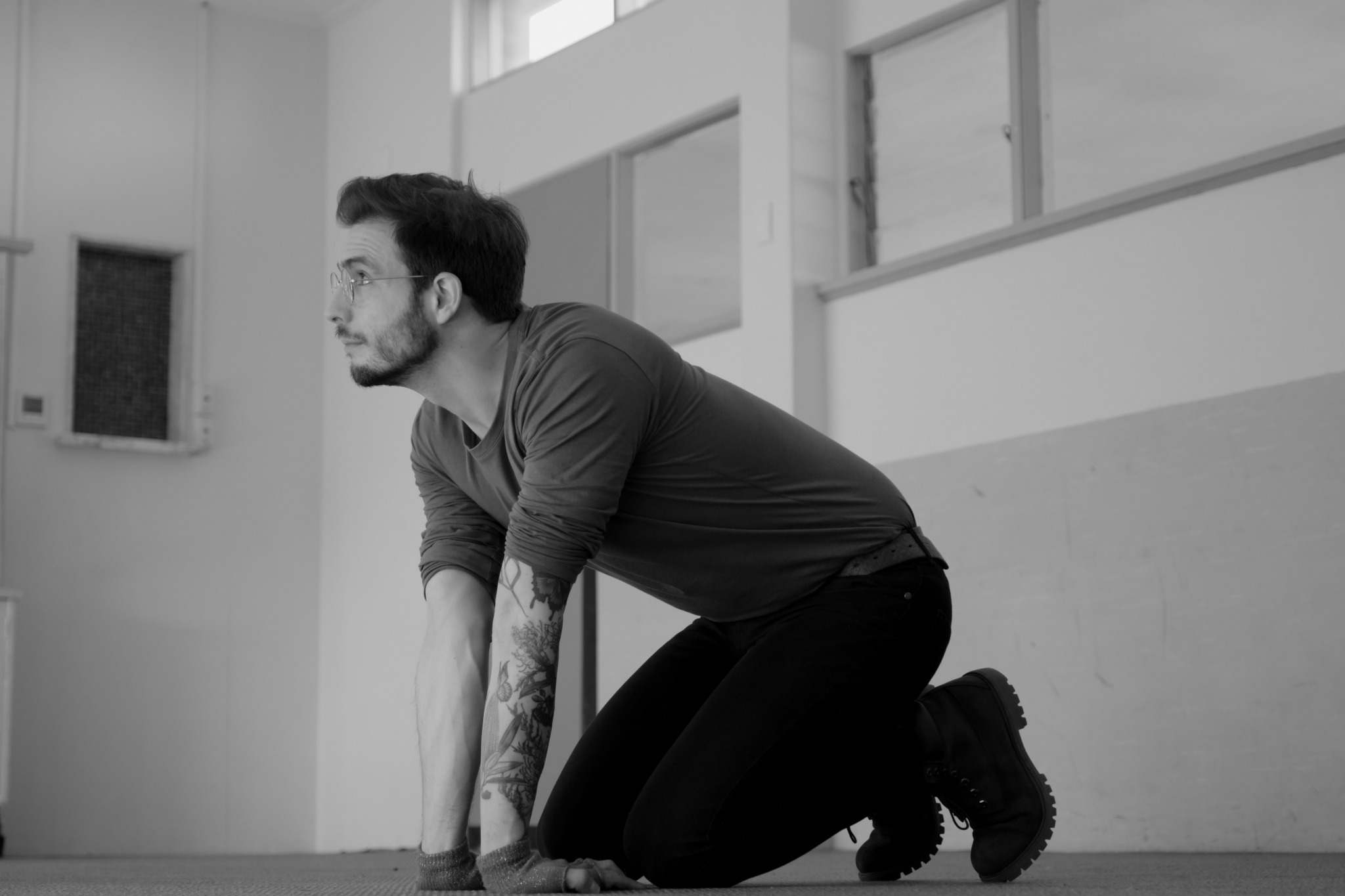
Are there any books, videos, essays or other resources that have significantly impacted your management and entrepreneurial thinking and philosophy?
For me, the shortcut is always improv and clowning. Those are the disciplines that taught me more about collaboration than any book or essay ever could. The feedback is so immediate that you learn fast — brutally fast sometimes. You feel when something isn’t working. You feel when something is working. The audience is the greatest collaborator you’ll ever have, because they will always be honest. Particularly if you’re trying to make comedy: if no one’s laughing, you know.
Taking improv classes and working alongside some of the best improvisers in the world has been one of the biggest influence on how I think and how I work. Daniel Pavatich, who I was lucky enough to work with in Australia. Matt Higbee in Chicago, one of the best improv coaches I’ve ever studied under. Tara DeFrancisco and Jason Shotts, who are masters of finding truth and play, as well as masterful teachers. Dave Razowsky, who constantly insists it can be simpler (which is a touchstone for me EVERY DAY). Mel McGlensey, whose sense of silliness and play is both profound and forceful. Dana McMillan, Nikki Viveca, Jasper Foley, Patrick Rehill, Vidya Rajan… the list goes on.
Working with these people — watching them, directing them, being directed by them — has taught me more about leadership, collaboration, and resilience than any resource on a shelf. Sure, you can (and should) watch TED talks by Ben Zander, Ken Robinson, or Stefon Harris on creativity. They’re excellent. But nothing compares to being in the room, taking a class, and embodying those lessons for yourself.
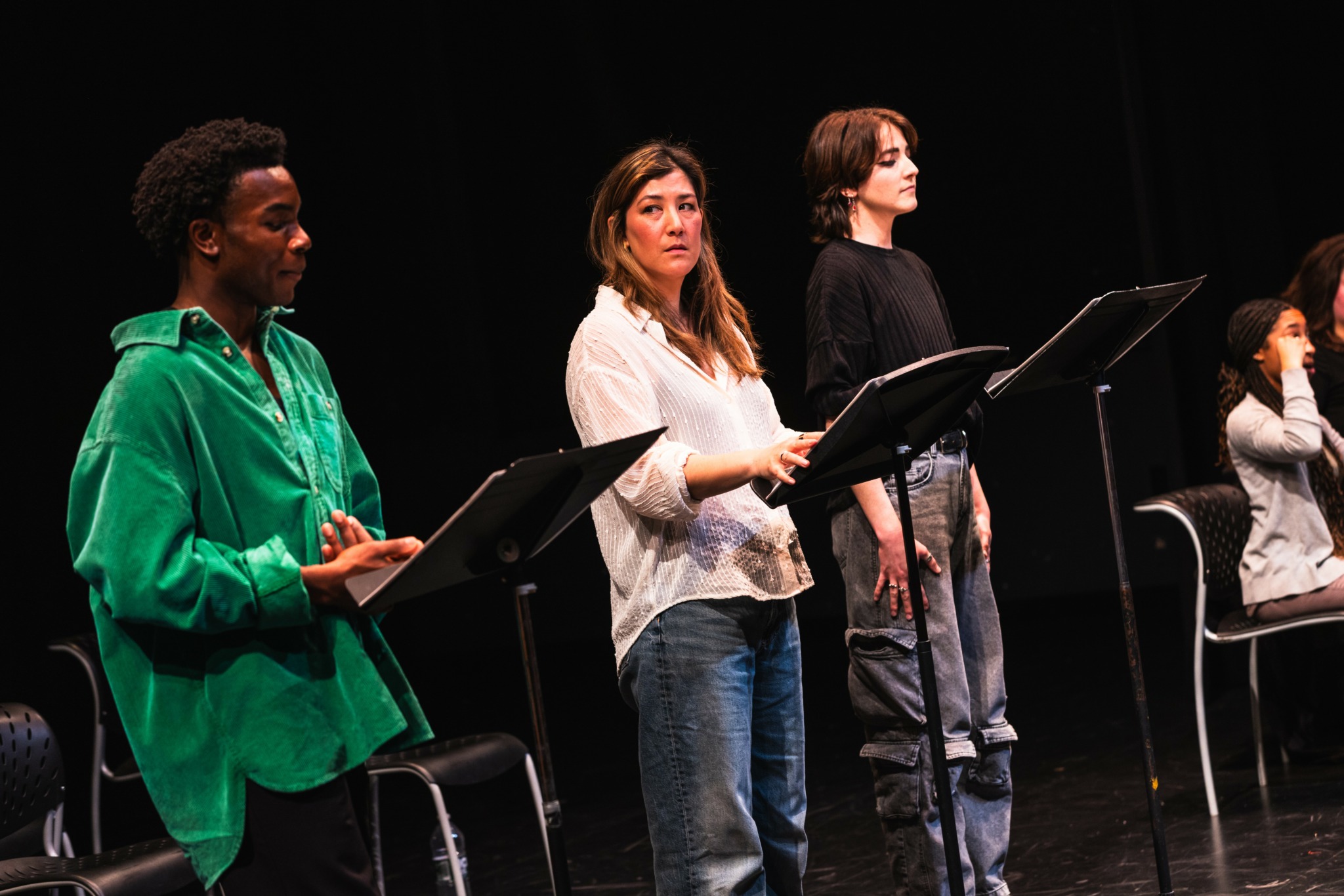
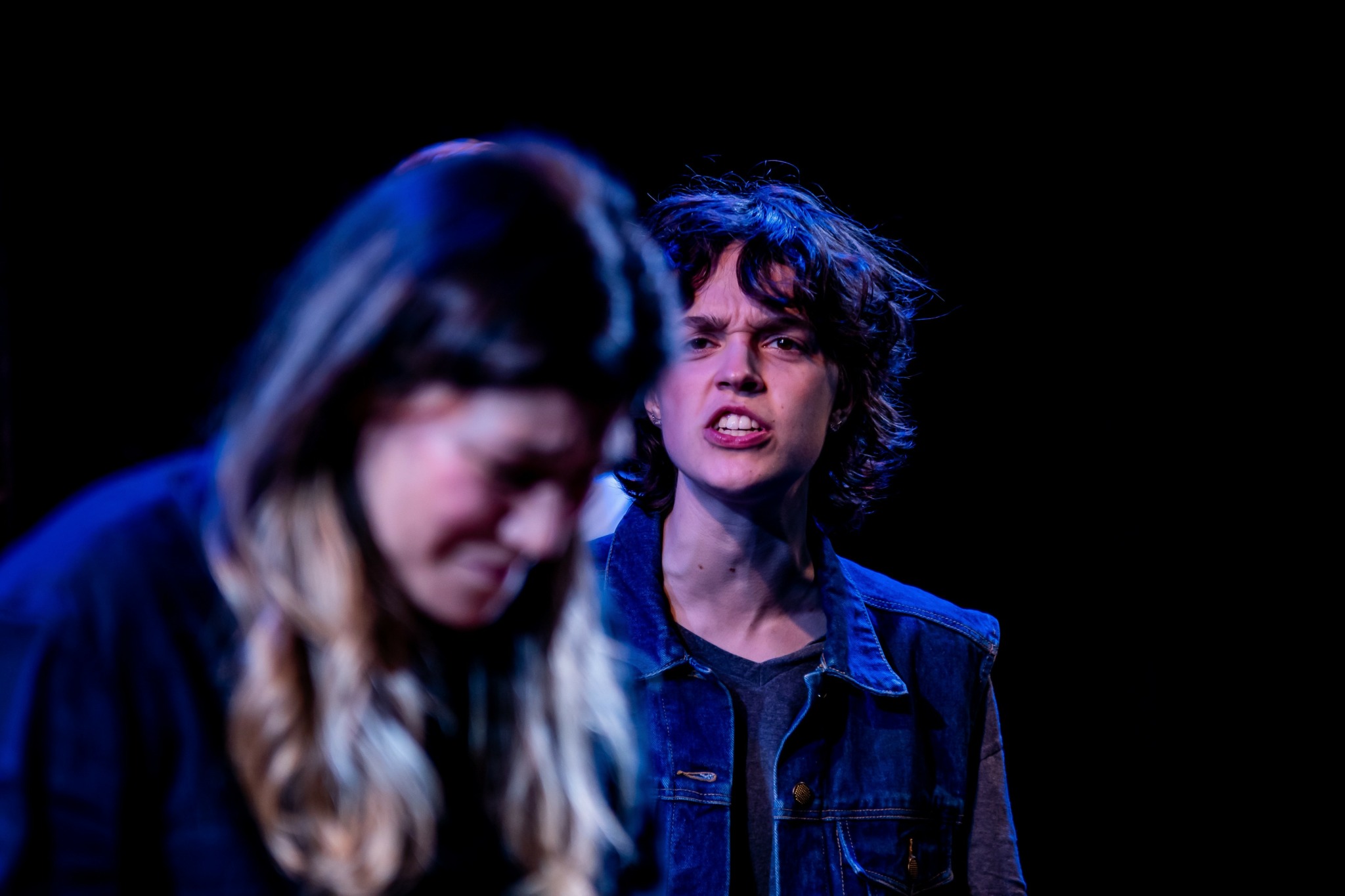
How can we best help foster a strong, supportive environment for artists and creatives?
I think the answer is simple: valuing artists means we should support them. I think we can agree that artists bring value to our lives every day. I know my life would be pretty bleak without the songs or the music I listen to when I commute, or the books I read, or the tv and movies I watch, or the theatre I get to see (huge benefit of living right here in New York!)… And if we agree that art is a good thing, then I think we can agree that we should invest in it!
The artists on your Spotify playlists weren’t born that way… they had to work on it. That takes time. Effort. Money. There are a million benefits to the arts in schools – teaching people to express themselves is a genuinely valuable thing in and of itself (art doesn’t have to be commercially successful to be valuable) – but if we want people to get good at creating the art we consume in a decade, we have to invest in them now! Or they may never discover their passions, or be able to work on them enough to get good at them.
Maybe we could think about some sort of pathway for artists to take that time to get good? Again, we agree that life would be miserable without art in it, so… let’s invest!
There are already blueprints for this. In Ireland, the government has consistently invested in artists through programs like the Basic Income for the Arts, which provided a guaranteed weekly payment of €325 to 2,000 artists between 2022 and 2025. That security gave them space to create without constant financial fear. France runs a similar system: if you’ve invested a certain amount of time working in the arts, you can receive support to keep developing work. The thinking is clear — cultural growth and cultural power are vital to society, and they’re worth public investment.
Here in New York, we’ve seen how effective this can be. Creatives Rebuild New York provided 2,400 artists with $1,000 a month for 18 months. The stories that came out of that program were extraordinary — people finally able to take a breath, to focus, to grow. During the pandemic recovery, the City Artist Corps Grants distributed $15 million to 3,000 artists. My collaborator Yuriko Shibata and I received one of those grants, and it allowed us to mount a concert of our musical Skin. That not only helped lead to an off-Broadway production at Rattlestick Playwrights Theater, but it also meant we could pay cast, band, crew, and venue — money flowing directly back into New York’s arts ecosystem. Programs like that didn’t just keep artists afloat; they kept the arts alive in the city at a critical moment.
The benefits are practical too. Guaranteed income means artists aren’t lost to burnout, medical emergencies, or caregiving responsibilities. It creates stability so they can keep contributing. With wraparound services, community connections, and accountability baked in — like CRNY did — you get both personal sustainability and collective impact.
On a personal level, I’ll admit I sometimes wonder: is making art the best thing I could be doing with my life? Should I be a doctor, a social worker, someone “saving lives” more directly? But then I remind myself of the impact art has on our daily existence. Maslow’s hierarchy puts food, shelter, and safety first — but once those needs are met, we need community, and we need art.
I guess I think it doesn’t have to be an either/or, and I’m starting to wonder if people who pit one thing against another are acting in good faith. We certainly need to create meaningful support and infrastructure to make sure people can have housing, food, community… I just think we can do both, you know?
I’m grateful for the artists who’ve shaped my own life. There are albums I love that I just know took years to make, even if they only take an hour to listen to. Birdy, or Maisie Peters, or Missy Higgins, or Gordi worked their whole lives to get good enough to create the work I love. The play that shifts how I see the world took Hansol Jung or Kimberly Belflower years to write, and THEN a team had to come together to make them! Leonard Cohen rewrote Hallelujah over and over for his whole life, but its become a song that’s carried people through grief and celebration for decades.
So, I think the best way to support artists is to pay them, but not just when the going is good… from the beginning. What’s the worst that could happen? Someone doesn’t ever make “great” art, but they learn how to express themselves better? Get more in touch with their own emotional world? Develops some empathy? Builds a stronger community? Sounds like a win/win where society reaps the benefits: richer culture, stronger communities, and art that makes the world an easier one to live in.
Contact Info:
- Website: https://andrewstrano.com
- Instagram: @andrewstrano
- Soundcloud: https://soundcloud.com/shibata-and-strano/sets/skin
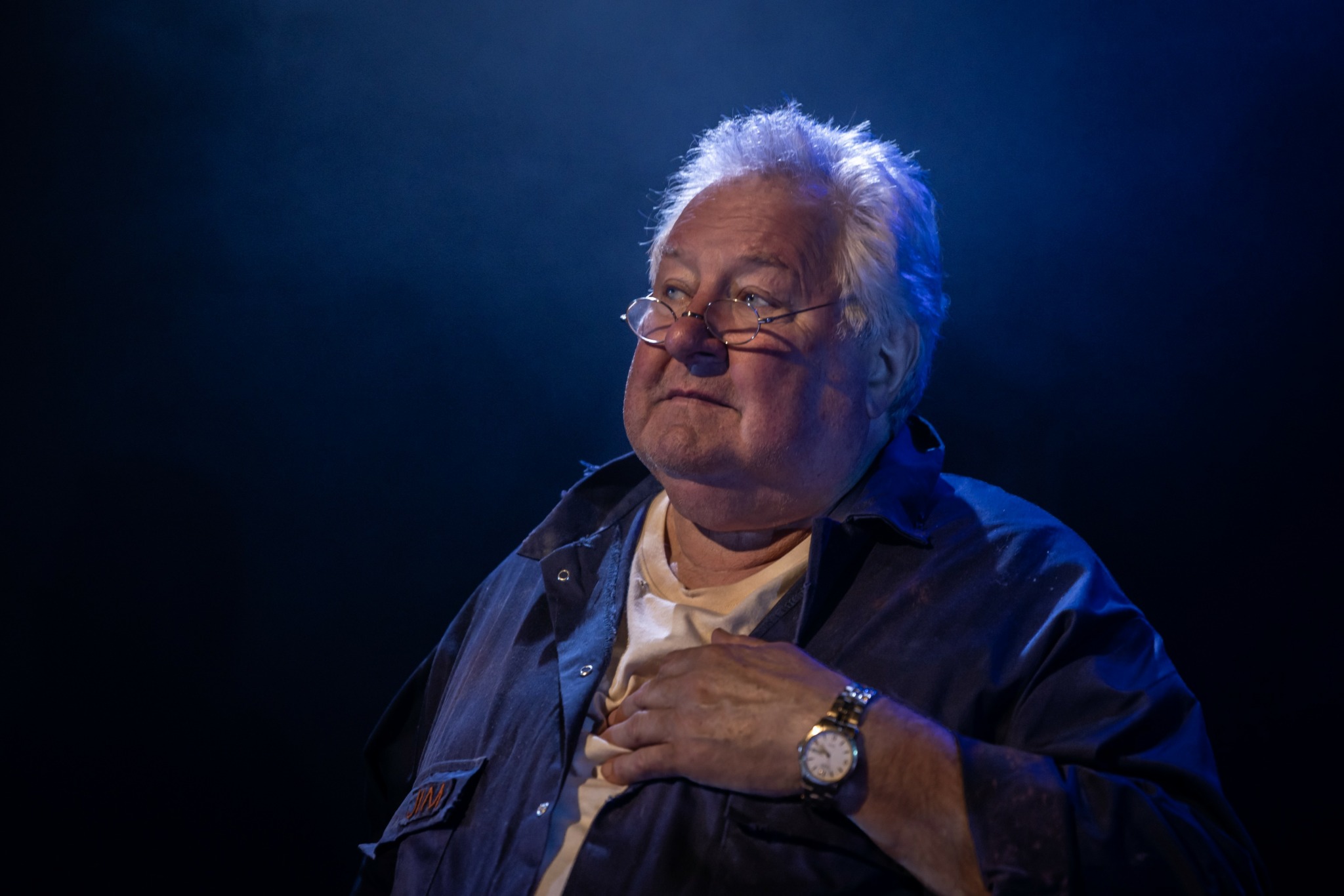

Image Credits
Matt Davis, Darren Gill


